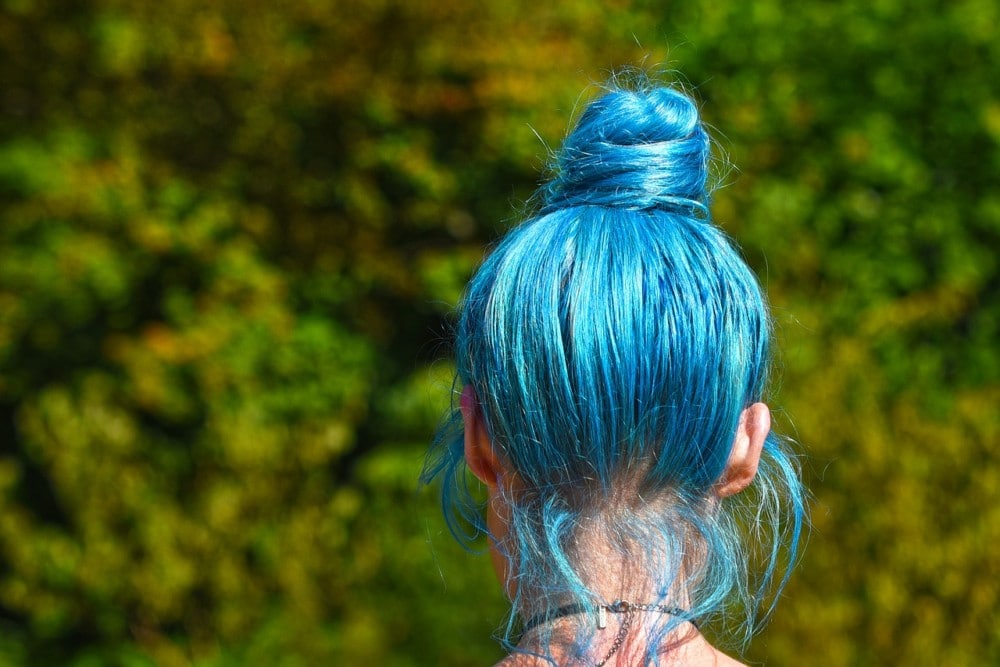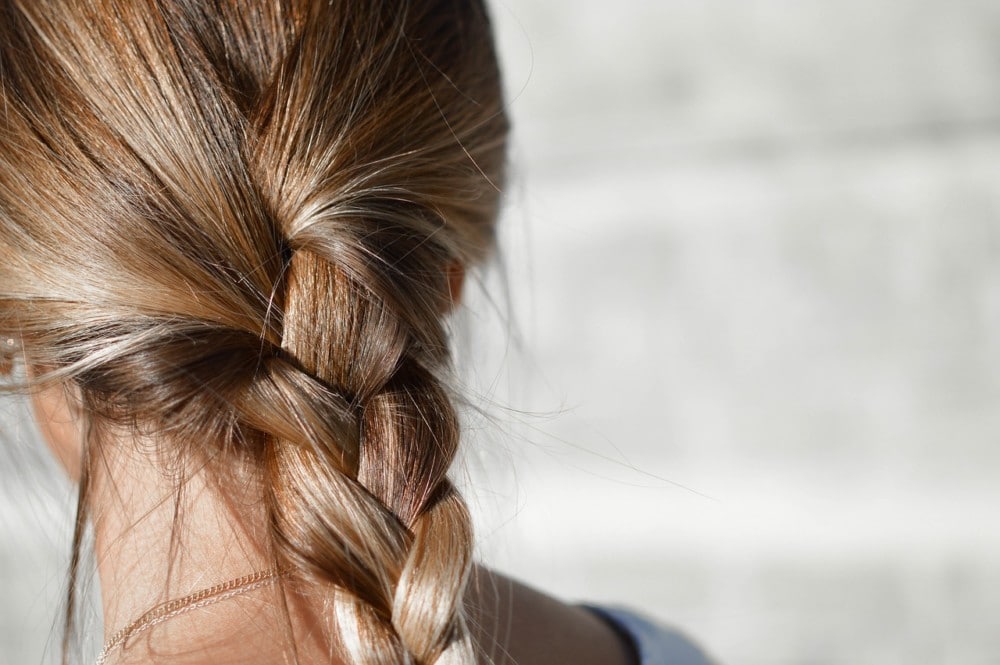Androgenic alopecia is a form of hair loss that results in progressive thinning of hair in a predetermined pattern. The condition can affect both males and females and is driven by genetics.
Androgenic alopecia is generally referred to as male-pattern hair loss as it does not form the same hair loss pathway in females. When androgenic alopecia occurs in females, the condition is referred to as female pattern hair loss.
Androgenic Alopecia Explained
In men, hair thinning begins in the temporal areas and advances to the crown (vertex) area with time. In women, the hair loss follows a diffused thinning form on the crown region.
Androgenic alopecia is an asymptomatic disorder that can only cause psychological effects in men and women. Some persons affected by the condition look for treatment options mostly out of cosmetic concerns.
Although hair restoration remedies promising to regrow hair on balding heads have been around since ancient times, the practical experience of most men and women with thinning hair is that a large percentage of these hair restoration solutions do not deliver the desired results.
Can Androgenic Alopecia Be Effectively Treated?
Some types of hair restorative treatment do offer temporary relief by arresting the pace of hair loss. However, a firm and guaranteed treatment regimen that can replace a full head of hair were elusive until the recent past.
Among the most prevalent and highly recommended pharmacologic therapies for men with androgenic alopecia are topical minoxidil and oral finasteride. For those looking for a permanent and lasting solution, hair restoration surgery is a good option to consider. When done by experienced cosmetic surgeons, it can bring about quick and dramatic cosmetic improvement. However, the procedure is expensive when compared to other treatment options and beyond the reach of ordinary people.
As of date, there are only two types of treatment approved by the FDA for treatment of androgenic alopecia:
- Topical minoxidil
- Oral finasteride (FNS)
Topical Minoxidil
Topical minoxidil, approved as a treatment for androgenic alopecia is approved by the FDA and available in 2 percent and 5 percent solution. While Minoxidil has been extremely effective in restoring lost hair, the precise mechanism of its action is not clear. Minoxidil not only stops hair loss but also promotes hair loss in most users according to research done on this product. The use of this drug must be continued indefinitely to enjoy its benefits.
Finasteride
Finasteride (FNS) is a 5AR inhibitor and approved as a treatment for androgenic alopecia by the FDA. The drug works by inhibiting the conversion of testosterone to DHT.
Dutasteride
Another popular and effective treatment for androgenic alopecia is Dutasteride. When used regularly, it can improve hair count and hair width significantly. It is a good alternative to FNS and appears to offer better results if you look at the research done for use of this drug for the short term. Long term trial results are yet to be confirmed.
Another thing that needs mentioning here is that while FNS is effective for hair regrowth when used for the long term there are some side effects associated with it. A topical application such as Minoxidil is an option worth exploring by patients suffering from androgenic alopecia according to hair care experts.
Lacey Jackson Matsushima
Lacey is a professional hair care expert and has worked with many top brands in the past. She offers advice not only about hair products but also on how to take care of your hair for best results.






















